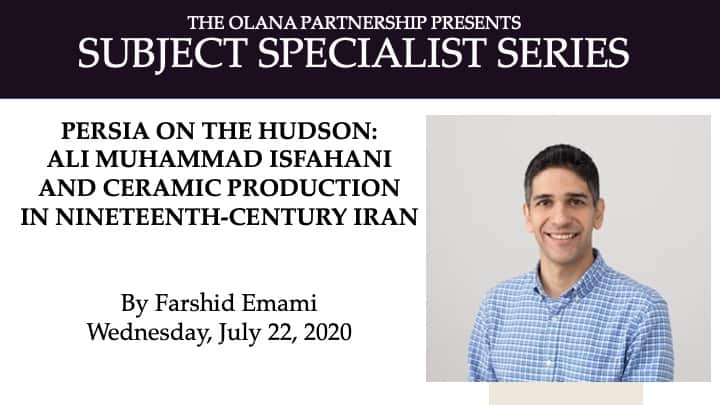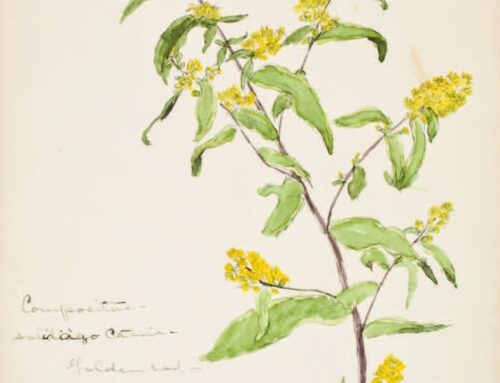Persia on the Hudson: Ali Muhammad Isfahani and Ceramic Production in Nineteenth-Century Iran
With Farshid Emami
July 22, 2020
Among the works kept at Olana are a group of ceramic tiles and objects attributed to Ali Muhammad Isfahani, a master of ceramic production active in Iran in the late nineteenth and early twentieth century during the late Qajar period (1789-1925). This presentation examines the imagery, iconography, and provenance of this corpus, particularly focusing on the figural tiles installed at two fireplaces at Olana.






